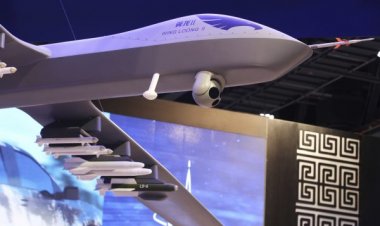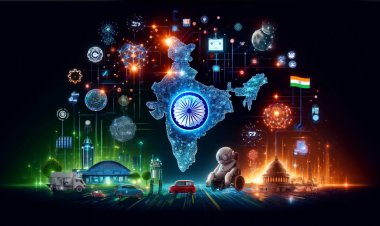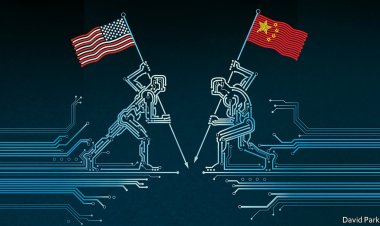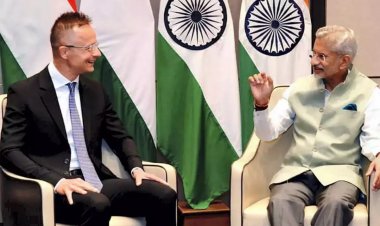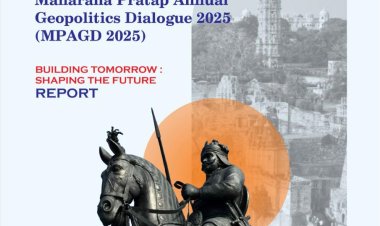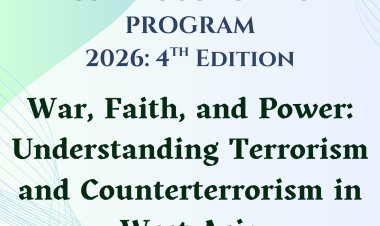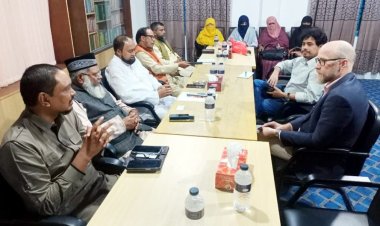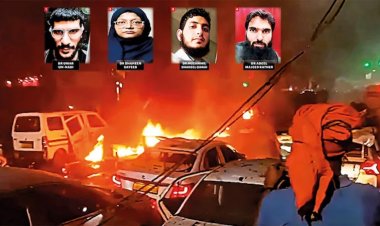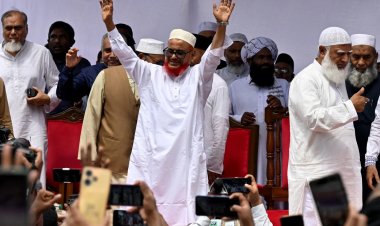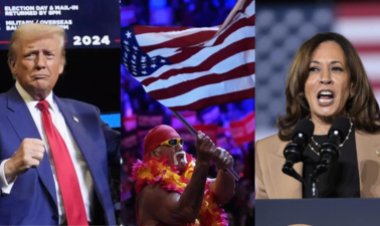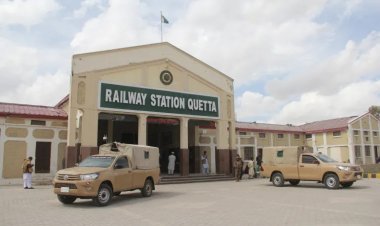Theatre Commands: The Way to Revolution in Indian Military Affairs
The recent demise of India's Chief of Defence Staff, General Bipin Rawat, is shocking and saddening news for India. But it will also have significant strategic and operational implications for the Indian armed forces as he was the chief architect on developing the military theatre commands of India.
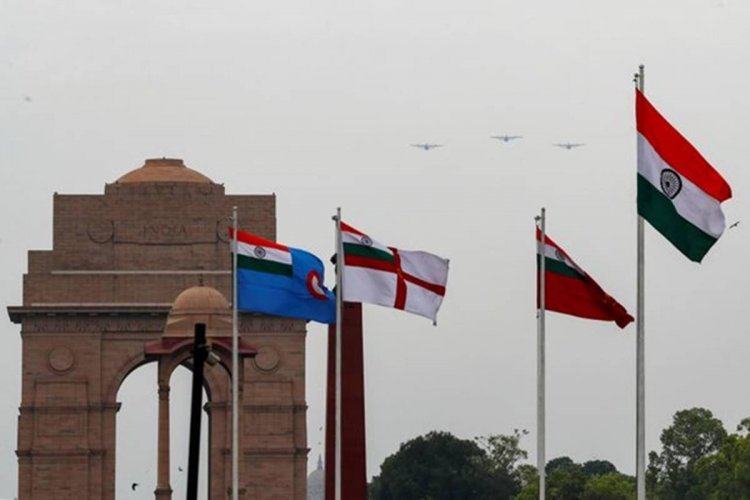
Commentary
The recent demise of India's Chief of Defence Staff, General Bipin Rawat, is shocking and saddening news for India. But it will also have significant strategic and operational implications for the Indian armed forces as he was the chief architect on developing the military theatre commands of India. In fact, General Rawat's most critical contribution in recent times was the theaterisation of the Indian Armed Forces. His vision with the theaterisation model was the most optimum use of military resources with an eye on the future modern warfare.
Theaterisation refers to placing specific Army, Navy, and Air Force units under a theatre command. Such commands are to be led by an officer from any of the three services, depending on their roles. During world war II, theatre warfare became more prominent with the battles being fought across continents. Although battles were also fought worldwide in World War I, the major ones took place in European theatre. However, in World War II, new theatres emerged with multiple fronts — Nordic Front, Western Front, and Eastern Front. The Pacific-Asian Theatre, Africa, and the Middle East Theatre were also there. These theatres referred to the geographical grounds of the battles and all deployments, including the Army, Navy, and the Air Force, in a unified manner. Today, military forces of almost all major nations such as the US, China, Russia, the UK, and France operate on a theatre command concept. China is the latest entrant to the theatre concept, and this development conveniently comes at a time when it has ambitions to play a more prominent and assertive role in the global order.
Currently, the Indian armed forces have 17 single-service commands spread across the country, apart from the tri-service Andaman and Nicobar Command and the strategic forces command, which looks after the country's nuclear stockpile. Creating the military theatres will merge the existing commands into four new integrated commands: two land-centric theatres, an air defense command, and a maritime theatre command for maximum resource and capability utilization in future operations. The first joint theatre command would be responsible for the border against Pakistan refers to as the western theatre, while a second command - the northern theatre command would be responsible for the border with China. A third, navy-heavy theatre, called the "maritime command," will be responsible for the security of the Indian Ocean Region (IOR).
The maritime theatre command will culminate as a merger of the eastern and western naval commands called National Maritime Command, besides getting elements from the Army and the Air force. It will be headed by a three-star IAF officer along with a three-star Army officer and a two-star Naval officer. The fourth joint theatre command would be responsible for defending India's island territories. The fifth theatre comprises India's air space, which is increasingly contested by manned and unmanned aircraft, missiles, rockets, and artillery shells, which go as high as 15 km when fired. This new model will not include the existing Army's Udhampur based Northern Command. Due to its unique role, it will stay outside the military's theaterisation drive scope. It is responsible for guarding India's border with Pakistan and China in the north and is also the nerve center of counterterrorism operations in Jammu and Kashmir.
The idea of a unified approach in Indian military affairs germinated after the Kargil conflict with Pakistan. The Kargil review committee and the Naresh Chandra Committee recommended structural changes in higher defense management. The Shekatkar committee, mandated in 2016 and headed by Lt Gen. (retd) D.B. Shekatkar, had also recommended the creation of the post of CDS and theatre commands. In June 2021, the Government of India formed an eight-member panel under the CDS to fine-tune the theatrisation plans and bring all the stakeholders on board, especially IAF, for the speedy rollout of the joint structures. The Department of Military Affairs (DMA) has given a period of six months to all three services to respond to its final military theatre command proposal before commencing the much-required rationalized structure for countering adversaries. All the three services will submit a detailed report with their proposals or objections to DMA, after which India is on course to set up theatre command.
Strategic Importance
China has already integrated theatre commands in its armed forces and is now helping Pakistan to reform its armed forces similarly. The 3,488 km long Line of Actual Control (LAC) is controlled by Chinese PLA western theatre command, including air force elements, armored, artillery, and rocket regiments, which directly reports to Central Military Commission (CMC) under President Xi- Jinping. While in India, the Line of Actual Control (LAC) is commanded by three commands – northern, central, and eastern command of the Indian Army and similar three commands of the Indian Air Force. Army and Air Force reports to their respective chiefs, who report to the defense minister with a dotted line to the Prime Minister. Even the Indian Navy is divided into western and eastern commands, whose commanders report to Chief of Naval Staff, while the Andamans and Nicobar Commander, the key to any sea battle in the future, reports to the Chief of Integrated Defence Staff or CISC.
All three Indian forces operate independently and often lack the crucial operational and tactical synergy. The overlapping operational jurisdictions, slow cross-service communications, inter-service rivalry, and complex command and reporting structure make the Indian military management highly challenging. In contrast, for instance, China's military engagement is uniform both in the eastern and Ladakh frontier because of its western command, which looks after the entire border. This new progressive development in military management is also now critically crucial for India more than before. India faces an authoritarian Communist China on one frontier and a Quasi–democratic Pakistan on the other, where the Army holds the supreme power sway. With such adversaries on both sides of the border, the Indian military must reform, and this legacy of reform left by General Rawat must go on at an increased pace.
Disclaimer: This article is the author's individual scholastic contribution and does not necessarily reflect the organization's viewpoint


